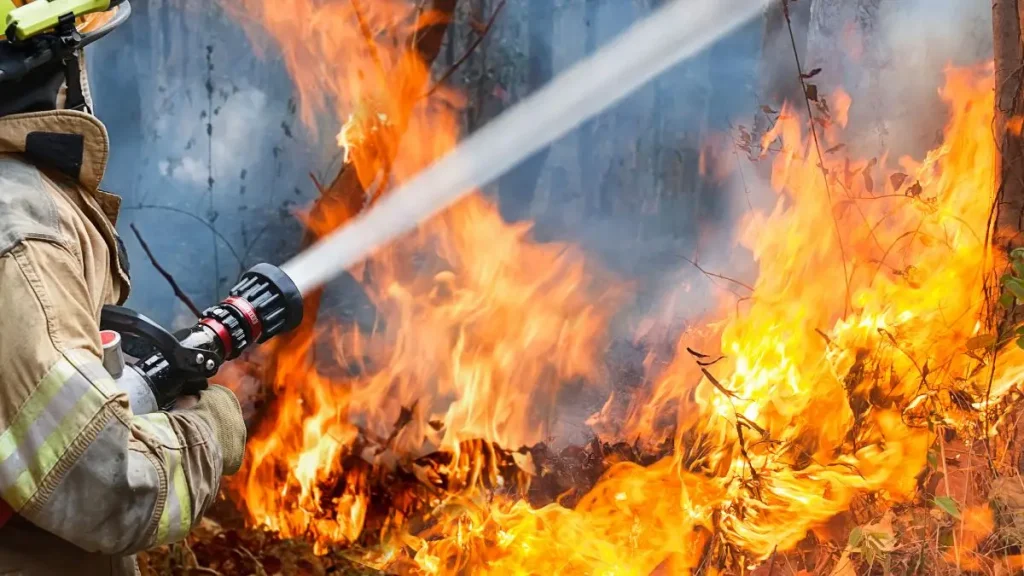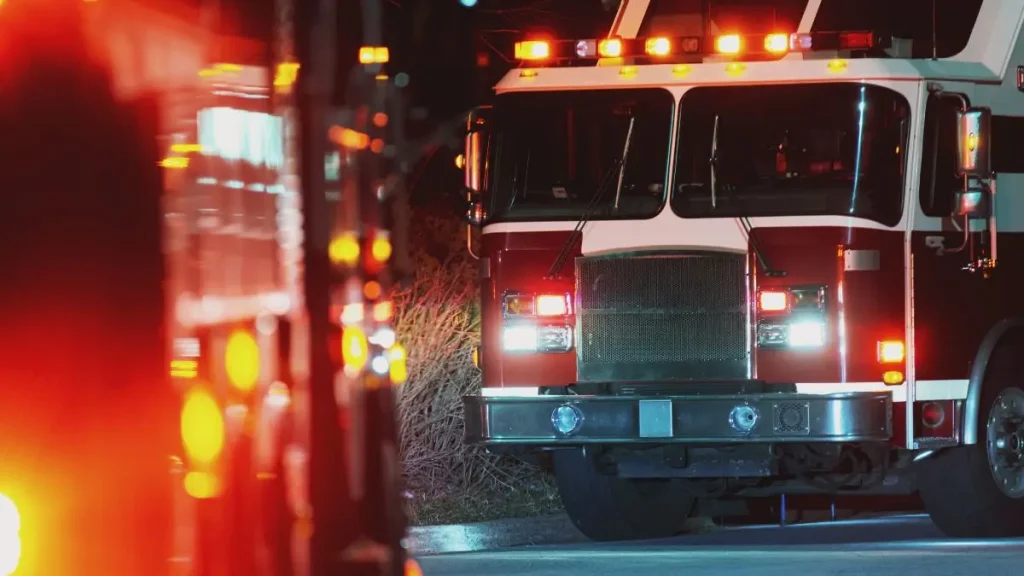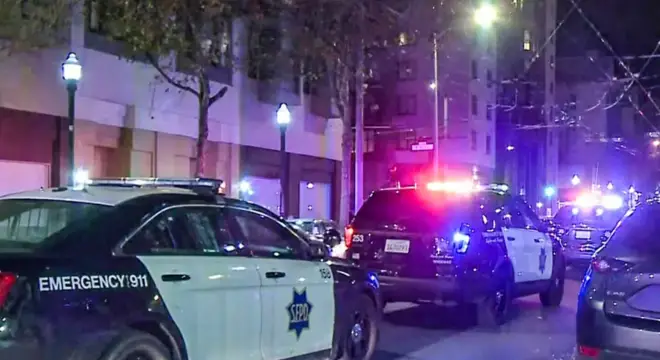California Sees Two House Fires in One Day; No Injuries Reported
I’ve seen my share of house fires in California headlines, but what happened in La Quinta on August 1 felt different. Two separate homes—hours apart, just miles from each other—went up in flames. Same day. Same city. Same emergency crews scrambling to respond.
The first fire broke out early in the morning on Spyglass Hill Road. Before that one had fully settled, another call came in around noon—this time on Avenida Carranza. The second fire left five people displaced and, heartbreakingly, claimed the life of a family’s dog.
Now, I know what you’re probably thinking: is this normal? Are these fires connected? Or are we just seeing the effects of California’s growing fire risks hitting closer to home?
This wasn’t just a one-off incident—it’s a wake-up call for anyone living in Southern California. The back-to-back emergencies caught residents and firefighters off guard, and as we dig into what happened, you’ll see why this day mattered more than just another headline.
Have you ever had a fire emergency in your neighborhood? What would you do if it happened twice in a single day? Let me know in the comments.
Midday Fire Erupts on Avenida Carranza, Displaces Five
Just after noon, I was scanning the local updates when the second alert came in: another house fire, this time on Avenida Carranza.
According to KESQ, crews arrived to find smoke coming from the attic of the home. The damage was focused, but the impact was anything but small. Two adults and three children were forced out—displaced with almost no warning. And the part that really hit me? Firefighters found a family dog dead inside.
It’s moments like these that remind you how quickly a fire can upend lives. No injuries were reported, thankfully, but five people lost their home in an instant—and one of them lost more than just things.
If you’re reading this, ask yourself: do you know your fire escape plan? Would your pets be safe if this happened to you?
Morning Blaze on Spyglass Hill Road: The First Alarm

The first fire didn’t make headlines right away, but it was the one that set the tone for the day.
Patch reported it happened around 9:01 a.m. on Spyglass Hill Road. By the time firefighters got there, smoke was already pouring out of the home. It took them about 30 minutes to contain it—no small task considering how fast attic fires can spread.
Thankfully, no one was injured. But what stood out to me was how quickly support agencies had to jump in—SoCal Gas, the Imperial Irrigation District, and La Quinta’s Building & Safety team were all called to assist. And they’d all be needed again, just hours later.
Here’s what I took away from it: one fire stretches resources. Two in a day? That’s pressure even experienced fire crews have to grind through.
Would your neighborhood have enough hands on deck if it happened there?
Earlier this year, a New York home was completely destroyed in a morning fire—these early-hour incidents often catch families at their most vulnerable.
Back-to-Back Fires—Just Coincidence, or a Bigger Pattern?
This is the question that stuck with me all day: were these two fires connected, or just really bad timing?
Right now, officials haven’t confirmed a cause for either fire. But when two homes in the same town catch fire hours apart, you can’t help but wonder. Was it the extreme heat? Electrical issues? Something structural in these neighborhoods?
I’ve seen cases where attic fires trace back to faulty HVAC units or overloaded circuits—problems you wouldn’t notice until it’s too late. And with the dry, high-temperature conditions we’ve had across Riverside County lately, the odds of fire spreading faster are only going up.
If your home was built more than 15–20 years ago, this is your sign to check the wiring, the insulation, and especially your attic ventilation. Because once the attic catches, your entire roof is at risk in minutes.
Sadly, not every fire ends without loss. In a heartbreaking incident in Nashville, two young lives were lost—reminding us just how high the stakes can be.
Emotional Toll and Community Impact
For me, this wasn’t just about smoke and fire trucks. It was about what happens after the flames go out.
In the second fire, five people—three of them kids—had to leave their home behind. That’s five lives turned upside down before lunchtime. I kept thinking about the moment the firefighters told them they couldn’t go back in, and the even harder moment when they found out their dog didn’t make it.
I haven’t seen any GoFundMe or formal support requests yet, but situations like this often depend on neighbors stepping up. If you’re local to La Quinta, check in on the people near Avenida Carranza. Sometimes a warm meal or a temporary room matters more than you think.
And if you’ve ever wondered why fire drills or emergency bags feel “extra”—this is why. Fires don’t schedule themselves. They come when you least expect them.
During incidents like these, I often follow local fire alerts and community safety threads through WhatsApp updates—it’s one way to stay ahead when things unfold fast.
What These Fires Teach Us About Safety?

There’s a hard truth in all this: we wait for disaster before we prepare for it.
But now that two families in La Quinta are dealing with the fallout, maybe it’s time you and I took our fire readiness seriously.
Here’s what I’ve learned over the years—and what the National Fire Protection Association (NFPA) backs up:
- Attic fires are often electrical or HVAC-related
- Old wiring or overused outlets? Silent risks
- Pet rescue plans are just as important as human evacuation
- Smoke detectors in the attic? Most people don’t install them—but should
- Keep exits clear and kits ready: Think go-bag with IDs, meds, chargers, pet leash
You can’t control everything, but you can stack the odds in your favor. And after what we saw in La Quinta, the message is clear—do it now, not after.
Quick, controlled responses—like in this Cedar Park home fire case—show how preparation and rapid action can make all the difference.
What Comes Next for the Families and the Investigation
After any major fire, there’s one question that lingers: what now?
At the time of writing, the official cause for both fires hasn’t been released. Investigators from Cal Fire and local building safety teams are still piecing things together—checking electrical panels, attic insulation, and any signs of faulty wiring or HVAC systems.
For the families affected, recovery will be slow. The ones on Avenida Carranza not only lost their home but their pet. I haven’t seen a public fundraising campaign yet, but in similar situations, Red Cross or local nonprofits often step in to help with temporary shelter, clothes, and meals.
This is the part most headlines skip over—but if you’ve ever dealt with fire damage, you know the emotional recovery is just as hard as the financial one.
And for the rest of us? We need to pay attention to the signs. Two fires in one day aren’t just a coincidence—they’re a reminder.
The Real Takeaway from La Quinta’s Day of Fires
If you’ve made it this far, you already get it—this wasn’t just a local incident. It’s a case study in how quickly things can fall apart and why we can’t afford to wait.
Here’s what I want you to walk away with:
- Two fires. One city. One day.
- No human injuries—but one family pet didn’t survive.
- Two households displaced, one in the middle of the day with kids at home.
- Firefighters stretched across back-to-back calls in triple-digit heat.
- And the rest of us reminded how fragile home safety really is.
Don’t brush this off as “just another fire story.” It’s a chance to check your own setup—your smoke alarms, your escape plans, even your attic wiring.
Because if it happened twice in La Quinta on the same Friday, it could just as easily happen on your street.
Want to stay informed about fire incidents and home safety across the U.S.? Explore more real stories and updates in our Home Incidents section.
Disclaimer: The information in this article is based on early reports. Fire investigations are still ongoing, and details may change. For the latest updates, refer to official statements from Cal Fire or local authorities.


